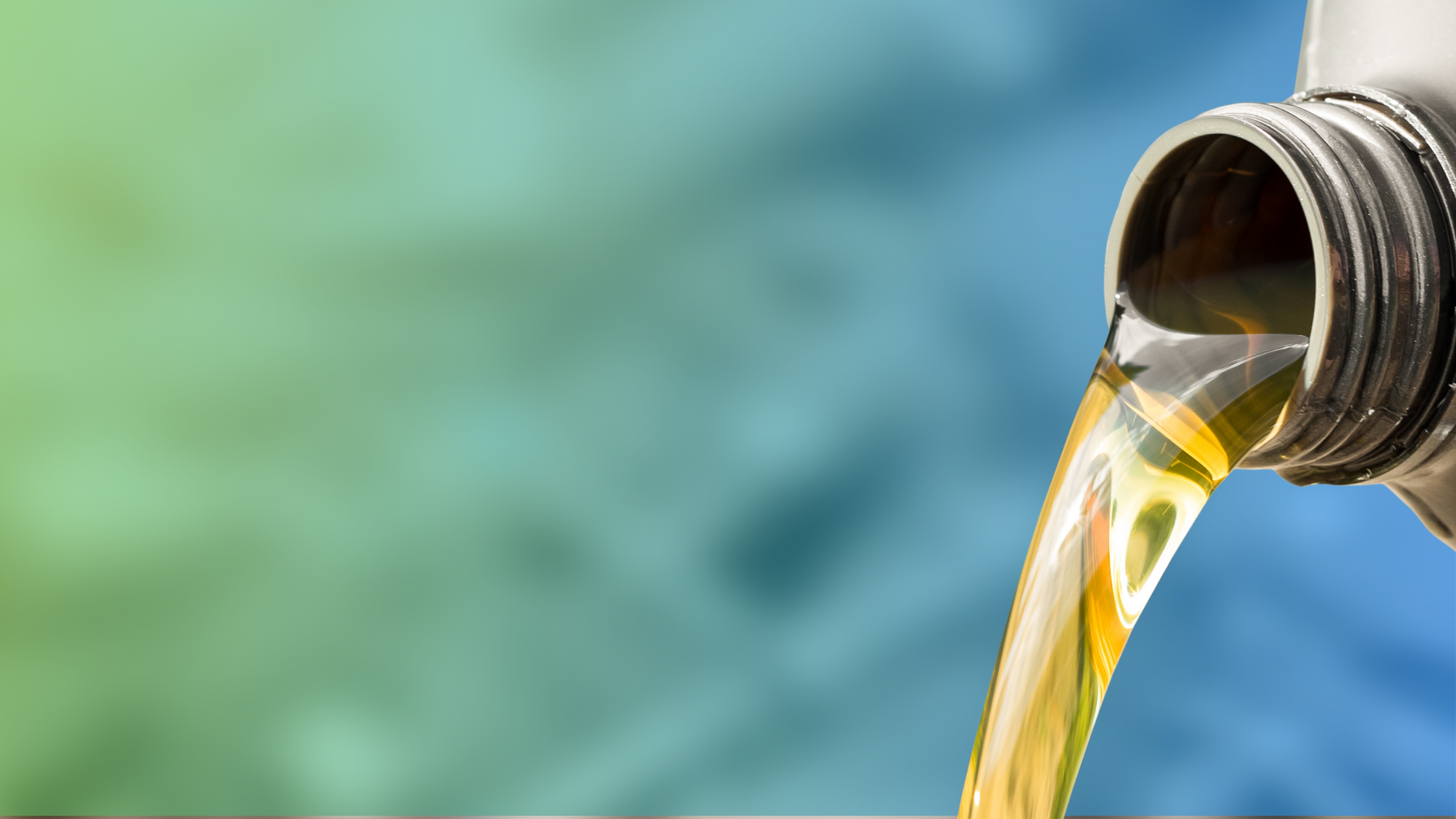Oil spills aren’t just a scene from a disaster movie; they’re a very real threat to the health of our environment. Imagine a calm beach, teeming with life, suddenly coated in a thick layer of oil. Birds struggle to fly, their wings weighed down by the sticky mess. Fish suffocate as their gills become clogged. The once vibrant ecosystem is now a desolate wasteland. This is the devastating legacy of oil spills.
Unfortunately, these events are not uncommon. Tanker accidents, pipeline leaks, and even industrial mishaps can all lead to oil spills, wreaking havoc on wildlife habitats, disrupting food chains, and tainting drinking water sources. The impact can be felt for decades, taking a heavy toll on both the environment and the economy.
But there is a line of defense: Spill Prevention, Control, and Countermeasure (SPCC) plans. These crucial documents act as a roadmap for facilities that handle oil, outlining strategies to prevent spills from happening in the first place and ensuring a swift and effective response if one does occur. By implementing SPCC plans, we can significantly reduce the risk of oil spills and safeguard our precious waterways – rivers, lakes, and oceans – and the delicate ecosystems they support.
What is an SPCC Plan?
An SPCC plan is essentially a blueprint for preventing oil spills and minimizing the damage if one should occur. Think of it as a shield protecting our waterways – rivers, lakes, and oceans – and the shorelines that border them from oil contamination.
Here’s a closer look at what an SPCC plan entails:
- Comprehensive Assessment: The plan starts with a detailed assessment of the facility itself. This includes information on the layout of the facility, the types and volumes of oil stored – remember, the EPA definition of “oil” is broad and encompasses petroleum products, lubricants, even vegetable oils and animal fats –, and how that oil is handled on a daily basis. Understanding these factors is crucial for identifying potential risks and tailoring preventative measures.
- Prevention is Key: The core of an SPCC plan lies in its preventative measures. These strategies aim to stop spills from happening in the first place. Examples include proper maintenance of oil storage tanks to prevent leaks, installation of secondary containment structures like berms around tanks to catch spills, and implementation of spill prevention practices like using drip pans during transfers and closing containers securely.
- Preparedness for the Unexpected: Even with the best preventative measures, accidents can happen. An SPCC plan addresses this by outlining a clear response protocol for containing and cleaning up spills. This includes designating specific personnel responsible for spill response, ensuring the necessary equipment like absorbent materials and containment booms are readily available, and outlining a step-by-step guide for effective cleanup.
- Investing in Knowledge: SPCC plans recognize that a well-trained workforce is essential for successful spill prevention and response. The plan typically includes a training program for employees on recognizing potential hazards, implementing preventative measures, and responding effectively to spills. Regular training ensures everyone at the facility is prepared to handle oil spills safely and efficiently.
- Constant Vigilance: SPCC plans go beyond reactive measures. They emphasize the importance of proactive inspections. Regular inspections of oil storage containers, piping systems, and other equipment help identify and address potential problems before they escalate into spills. Early detection and repair can significantly reduce the risk of an accident.
By incorporating these elements, SPCC plans create a multi-layered defense system against oil spills. They promote preventative measures, ensure a well-coordinated response if a spill occurs, and emphasize the importance of ongoing vigilance. In essence, SPCC plans are a testament to our commitment to protecting our environment and keeping our waterways healthy for generations to come.

Who Needs an SPCC Plan?
Any facility that stores aboveground oil in containers exceeding 1,320 gallons or has underground storage exceeding 42,000 gallons might require an SPCC plan. The key term here is “oil,” which the EPA defines broadly to include petroleum products, lubricants, vegetable oils, and even animal fats. SPCC plans are critical because they provide the following benefits:
- Protects the environment: Reduces the risk of oil spills contaminating waterways and harming ecosystems.
- Saves money: Prevents costly cleanups and potential fines from the EPA for non-compliance.
- Promotes safety: Minimizes risks associated with oil spills for workers and the surrounding community.
What Does an SPCC Plan Include?
An SPCC Plan serves as a comprehensive guide for preventing oil spills and mitigating any that might occur. Here’s a breakdown of the key components it typically includes:
- Facility Description: This section provides a detailed picture of the facility layout. It includes diagrams or maps that illustrate the location of oil storage tanks, containment structures, drainage points, and other relevant equipment. Additionally, it details the types and maximum storage volumes of oil present on-site. This information establishes a baseline understanding of the facility’s operations and the potential risks associated with oil storage and handling.
- Spill Prevention Measures: This is the heart of the SPCC plan, outlining a series of strategies to prevent oil spills from happening in the first place. Here are some common examples:
- Tank Management: Regular inspections and maintenance of oil storage tanks to identify and address leaks, corrosion, or other potential issues.
- Secondary Containment: Installation of structures like berms or dikes around storage tanks to create a secondary wall that can contain a spill if the primary tank fails.
- Transfer Procedures: Implementing safe handling practices for transferring oil between containers, including using drip pans to catch drips and spills and ensuring containers are properly closed and sealed after use.
- Drainage Controls: Designing and maintaining drainage systems to prevent oil from entering storm drains or waterways.
- Good Housekeeping: Maintaining a clean and organized work environment to minimize clutter and the potential for accidental spills.
- Spill Control and Cleanup Procedures: While prevention is ideal, accidents can happen. This section outlines a clear response protocol for containing and cleaning up spills if they occur. Key elements include:
- Spill Response Team: Designation of specific personnel responsible for leading and carrying out spill response activities.
- Spill Response Equipment: Ensuring a readily available inventory of containment booms, absorbent materials, personal protective equipment (PPE), and cleanup tools necessary to effectively contain and remediate a spill.
- Step-by-Step Cleanup Guide: A clear and concise procedure for containing the spill, recovering spilled oil, and properly disposing of contaminated materials.
- Training: An SPCC plan recognizes that an informed workforce is critical for success. It typically includes a training program for employees on recognizing potential hazards, implementing preventative measures outlined in the plan, and responding effectively to spills. Training may cover topics like spill identification, safe handling procedures, proper use of spill response equipment, and communication protocols during a spill event.
- Inspections: SPCC plans go beyond simply reacting to spills; they emphasize proactive measures. This section details a program for regular inspections of oil storage containers, piping systems, and other equipment to identify and address potential problems before they escalate into spills. The plan should specify the frequency of inspections, who is responsible for conducting them, and the procedures for documenting and addressing any issues found.
By incorporating these essential components, SPCC plans create a robust defense system against oil spills. They promote preventative measures, ensure a well-coordinated response if a spill occurs, and emphasize the importance of ongoing vigilance. This comprehensive approach helps facilities safeguard our environment and keep our waterways healthy.
The Last Word on SPCC Plans
SPCC plans are not merely regulatory requirements; they are a vital line of defense in our fight to protect our environment. Oil spills can have a devastating impact, causing long-term damage to ecosystems, wildlife populations, and even human health. By implementing effective SPCC plans, facilities that handle oil can significantly reduce the risk of these environmental disasters.
The benefits of SPCC plans extend far beyond environmental protection. They promote safety in the workplace by minimizing the risks associated with oil spills for workers. Additionally, they can help facilities avoid costly cleanups and potential fines for non-compliance with EPA regulations.
SPCC plans are a testament to our commitment to responsible stewardship of our natural resources. By prioritizing prevention, preparedness, and ongoing vigilance, these plans play a crucial role in safeguarding our navigable waters – rivers, lakes, and oceans – and the ecosystems they sustain. They are an investment in a healthier planet for ourselves and future generations.
However, it’s important to remember that SPCC plans are not a one-time solution. As facilities evolve and operations change, the plans need to be reviewed and updated regularly to remain effective. Additionally, continued investment in employee training and regular inspections are essential for maintaining a strong defense against oil spills.
By working together, facilities that handle oil, regulatory bodies, and the public can ensure that SPCC plans continue to be a powerful tool for protecting our environment and promoting a more sustainable future.

